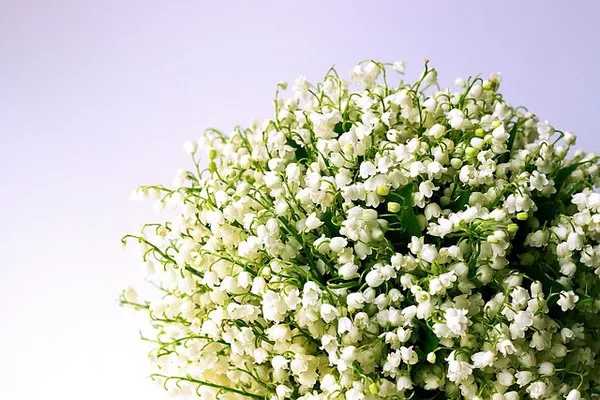When it comes to creating captivating floral arrangements, the role of filler flowers is often underestimated. These delicate and versatile blooms, known as filler flowers, play a crucial role in enhancing the beauty and volume of floral designs. In this article, we will explore what filler flowers are, their significance in floral arrangements, popular examples of fillers, and tips for effectively using them to create stunning bouquets and centerpieces.
What are Filler Flowers?
Filler flowers, also referred to as foliage flowers, are a type of flower used in floral design to complement the main focal flowers. They serve as the supporting cast, adding texture, volume, and visual interest to the arrangement. Fillers are typically smaller in size and less showy compared to the primary blooms, but they play a vital role in creating a balanced and harmonious composition.
The primary purpose of filler flowers is to fill the gaps between the focal flowers and provide a lush and full look to the arrangement. They act as connectors, smoothly transitioning between different flower varieties and colors, ensuring a cohesive and visually appealing design.
Significance of Fillers in Floral Arrangements
Filler flowers are essential elements in floral arrangements for several reasons:
A. Volume and Fullness: Filler flowers add volume and fullness to the arrangement, giving it a luxurious and abundant appearance.
B. Texture and Depth: The varied shapes and sizes of filler blooms contribute to the texture and depth of the design, making it more visually interesting.
C. Transition and Cohesion: Fillers serve as a bridge between different flower types, helping to blend colors and create a cohesive arrangement.
D. Support and Structure: By supporting the focal flowers, fillers provide structure and stability to the overall design.
Popular Examples of Fillers
There is a wide range of filler flowers available, each with its unique characteristics and charm. Some popular examples of fillers include:
A. Baby’s Breath (Gypsophila): Baby’s Breath is a classic and delicate filler known for its cloud-like clusters of tiny white flowers. It is often used in wedding bouquets and adds an airy and romantic touch to floral arrangements.
B. Statice (Limonium): Statice features vibrant and long-lasting blooms in shades of purple, pink, and white. Its papery texture adds an interesting dimension to bouquets and enhances their longevity.
C. Queen Anne’s Lace (Daucus carota): Queen Anne’s Lace is a lace-like filler flower with delicate white blooms. Its fine texture complements a wide range of flower types and adds an elegant touch to arrangements.
D. Waxflower (Chamelaucium): Waxflower is a filler with small, waxy flowers in shades of pink, purple, and white. Its subtle fragrance and long vase life make it a popular choice for bouquets.
Tips for Using Fillers Effectively
To make the most of filler flowers in floral arrangements, consider the following tips:
A. Balance: Achieve a balance between focal flowers, fillers, and greenery to create a visually appealing and well-proportioned arrangement.
B. Color Palette: Select fillers that complement the color palette of the main flowers, ensuring a harmonious and coordinated look.
C. Texture: Combine fillers with different textures to add depth and visual interest to the arrangement.
D. Focal Point: Place the main focal flowers in the center of the arrangement and use fillers to create a natural flow outward.
E. Vase Selection: Choose an appropriate vase that allows the filler flowers to spread out and showcase their beauty.
Conclusion:
Filler flowers are an indispensable component in floral arrangements, adding volume, texture, and support to the overall design. From Baby’s Breath to Statice and Queen Anne’s Lace, fillers come in various shapes and colors, making them versatile and essential for creating stunning bouquets and centerpieces. By understanding the significance of fillers and following effective tips, you can elevate your floral arrangements, creating captivating displays that showcase the beauty and charm of these delicate blooms. So, embrace the magic of filler flowers and let them add a touch of elegance and fullness to your floral creations.


